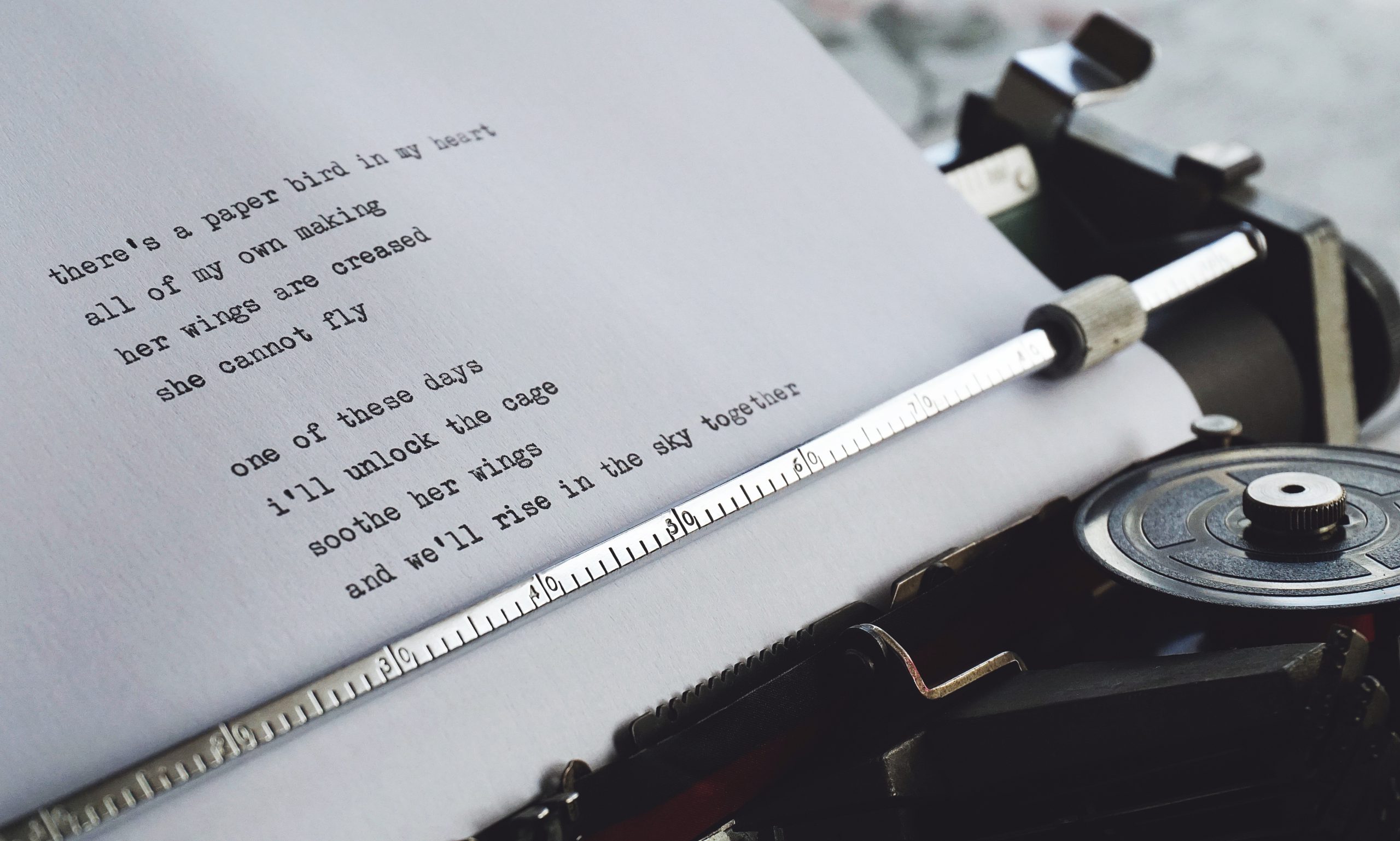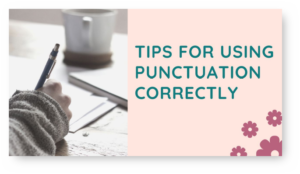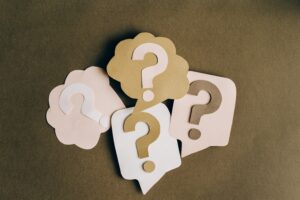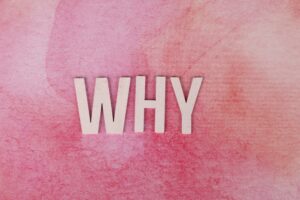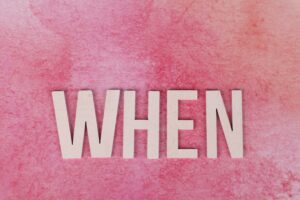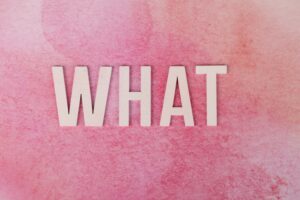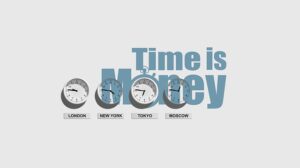There is a big difference between a poetry and a poem, but somehow they look similar!
So what actually constitutes a poetry and elements of poetry?
What is a Poetry?
A poetry looks more like a poem and you also read a poetry like a poem, as it comprises of lines and full sentences too; but not all the time. Second thing to note about a poetry is that it has a distinctive format and a structure prescribed to it. By reading a poetry, we understand how is the working of language and symbols; it would be a cherry on cake if the poetry includes imagery. A poetry shows us the same world but with a different perspective – the authors’ perspective could give us a message, a emotional or mental comfort, memories, attachments, etc.
The reason we relate to poetries is because they speak about experiences and sometimes real life experiences, emotions and feelings that the poet has felt and want us to feel the same! Basically, it is a reflection of what the poet has seen or felt.
What are the elements of Poetry?
LINE
A line in a poetry is not a full sentence, but is a break of two sentences that needs to be used in proper balance to keep the essence of the poetry intact. It is highly essential for poets to use the lines in mindful manner to keep the flow, rhythm and tune of the poetry in together so that it does not look distorted. In a poetry, a line is used to keep the control of the poetry in the hands of the poet so that it is used accurately and precisely.
RHYTHM SCHEME
Adding rhythm to a poem means to add a constant pattern of syllables in a stanza – depending on the poetry. You can read the poetry aloud to check whether the poetry has a flow and whether it rhymes or not. A rhyme scheme can be detected by checking if it follows the scheme of aaaa. bbbb, aabb, abab, thus depicting a flow of rhyme.
IMAGERY
We call imagery as a figurative language in a poetry as it expresses action or a scene, thus appealing our senses. Using imagery in a poetry is a creative way of grabbing the readers’ attention and totally engrossing them in reading the poetry. Imagery helps the readers to create an image of the situation as presented by the poet in the poetry, the readers tend to create the same image in their minds as the poet. Poets make use of different metaphors and similes to make their poetry more colorful.
STANZA
The structure of a poem is formed through stanzas. A stanza is compilation of lines to divide the poetry into sections as decided by the poet. The stanzas/lines may depend on the type of poetry being written down by the poet.
A stanza with two lines is called a couplet.
A stanza with three lines is called a tercet.
A stanza with four lines is called a quatrain (most popular).
A stanza with five lines is called a cinquain.
A stanza with six lines is called sestet.
A stanza with seven lines is called septet.
A stanza with eight lines is called octave.
THEME
Every poetry will have a theme so that the readers can understand the meaning and the aim of the poetry. A theme is nothing but the story it tries to tell its readers. Choosing an appropriate theme makes it easier for a poet to convey the message it wants to convey.
GRAVITY
Have you ever been stunned thinking how can poets convey so much in a limited number of words? Well, that is the gravity or the density of the poetry. Poets carefully craft and combine the words in a way that a whole can be said by just using mere and less number of words. The choice of words and the gravity of the poetry makes it different from regular texts and speeches.
For more blogs, visit the Talk Now Website or download the Talk Now App



